SUMMARY
This is AI generated summarization, which may have errors. For context, always refer to the full article.

MANILA, Philippines – A. Bautista street is short and narrow, but just as crowded and colorful as any on this side of Quiapo. From the long strip that is Hidalgo street, A. Bautista is fenced in by a line of tricycles – the drivers of which are the first point of contact for the stragglers who wander there. “Look for the house with the flag,” they’ll be quick to say, pointing further down the street.
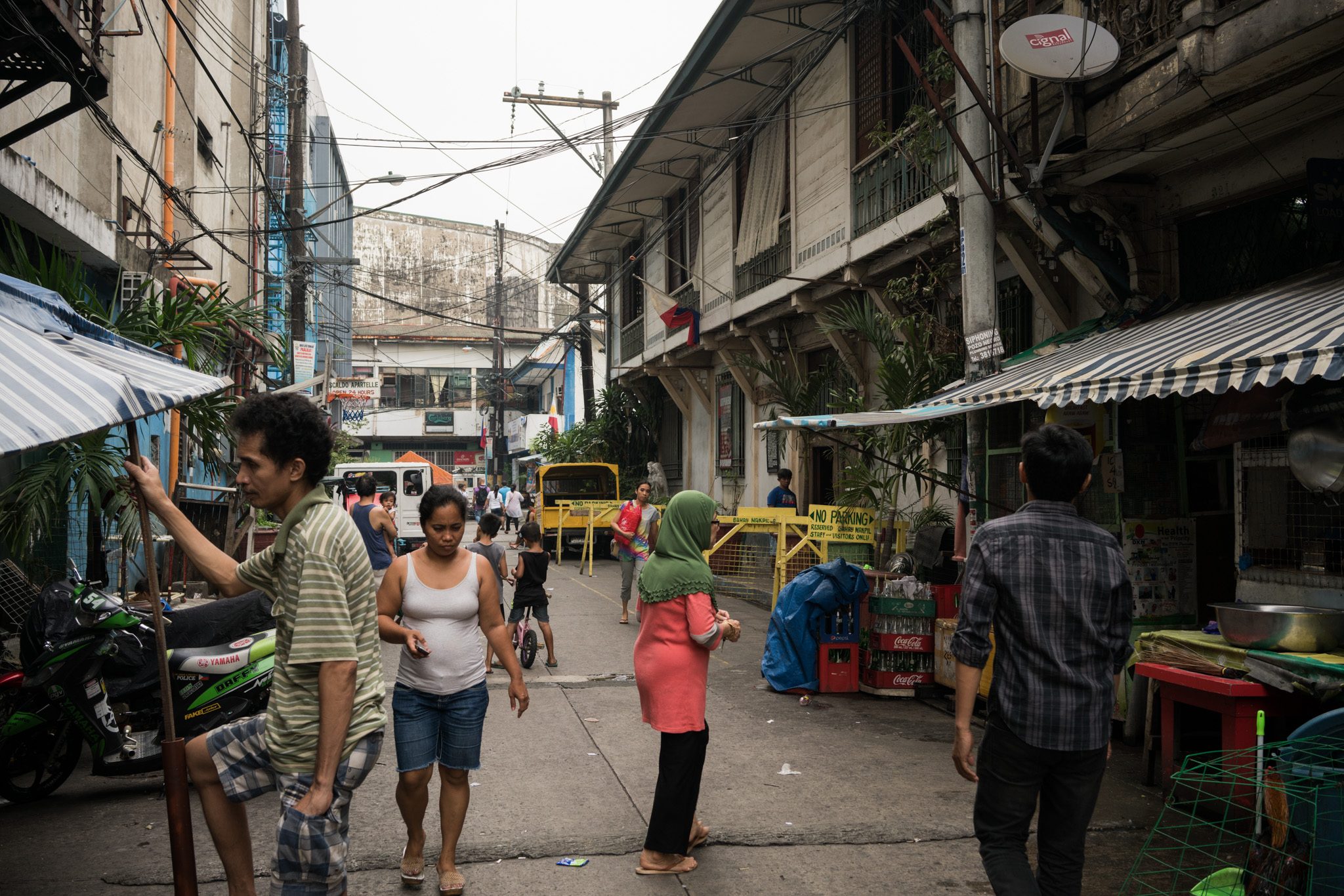
The house in question is, incidentally, one of two houses brandishing the Philippine flag. While the other is a crumbling ruin, this one is still a complete structure – stately and undeniably elegant, as if by some miracle it had been spared from whatever curse had taken everything else around it into decay.
This is the one they call Bahay Nakpil, or officially, Bahay Nakpil-Bautista. It’s a destination many have heard of but so few have actually bothered to see. From the outside going in, one expects the house to show the wear and tear of its age, but Bahay Nakpil is full of surprises.

From the colorful Machuca tiles that have barely faded, to the shiny wooden banisters and wall panels, to the apparently impregnable British steel grills, much of the house’s 100-year-old parts are still in pristine condition.
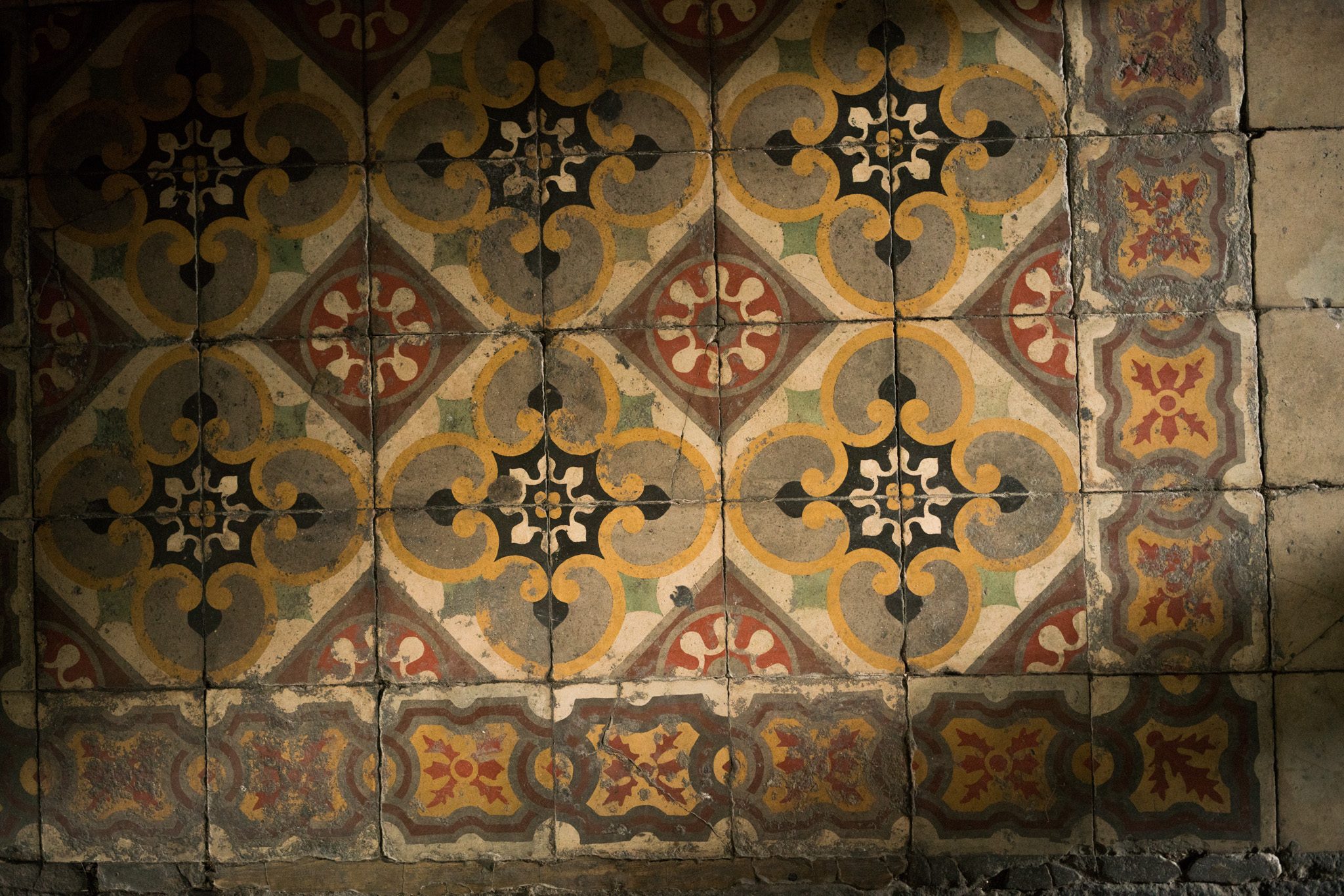
Bahay Nakpil opened to the public as a museum and heritage site in 2014, exactly a century after it was built. Before that, according to Bahay Nakpil Foundation’s Bobby Nakpil Santos-Viola, it had gone through several incarnations: a dorm, a halfway house, even a panciteria. And before all of that, it was the home of the Nakpil-Bautista clan, a family whose members are tightly woven into Philippine history.
Historical value

The house was built by architect Arcadio Arellano in 1914, for philanthrophist and Dr. Ariston Bautista-Lin and his wife Petrona Nakpil. The couple lived together with Petrona’s brother, composer Julio Nakpil, and his family. Julio’s composition, “Marangal na Dalit ng Katagalugan,” would have been the national anthem had Andres Bonifacio lived to be president. Julio had 8 children with his wife, Gregoria de Jesus, the Katipunera who carried and delivered the movement’s secret codes and messages.
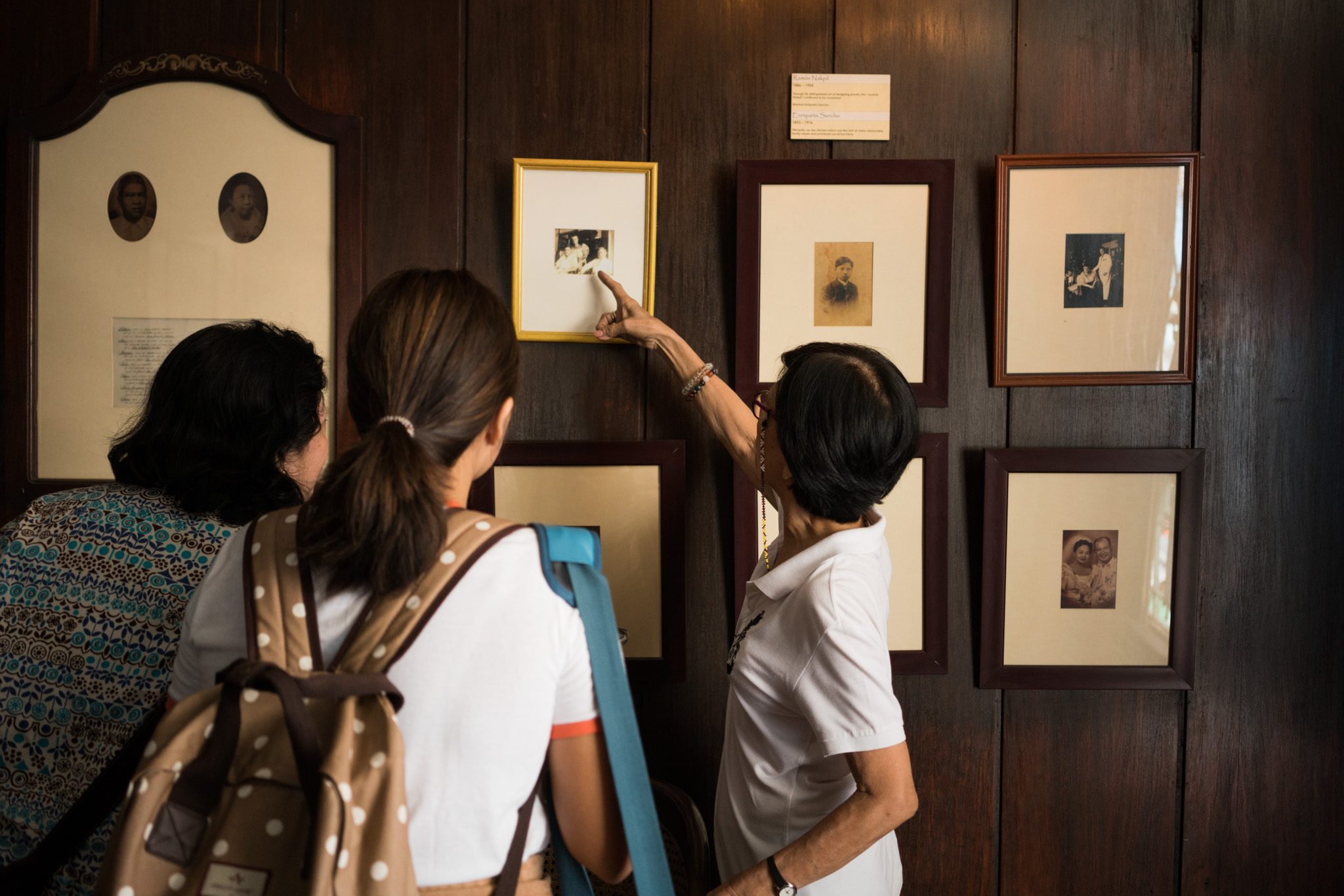
The former residents’ stories are all over the house. If you let your imagination take the reins, you’ll almost be able to see Julio in the room that was once his studio, sitting by the window and dreaming up his next melody. You’ll almost be able to smell the coffee that Gregoria grinded by hand, or the warm, leafy smell of Ariston’s cigar.
Architectural treasure
Bahay Nakpil is not your typical Spanish Colonial house. The elaborate floral motifs and religious iconography typical of old Spanish houses are absent. Instead, the design – done in the style of Viennese Secession – favors clean lines, symmetry, and geometry, rendered in hardwood.
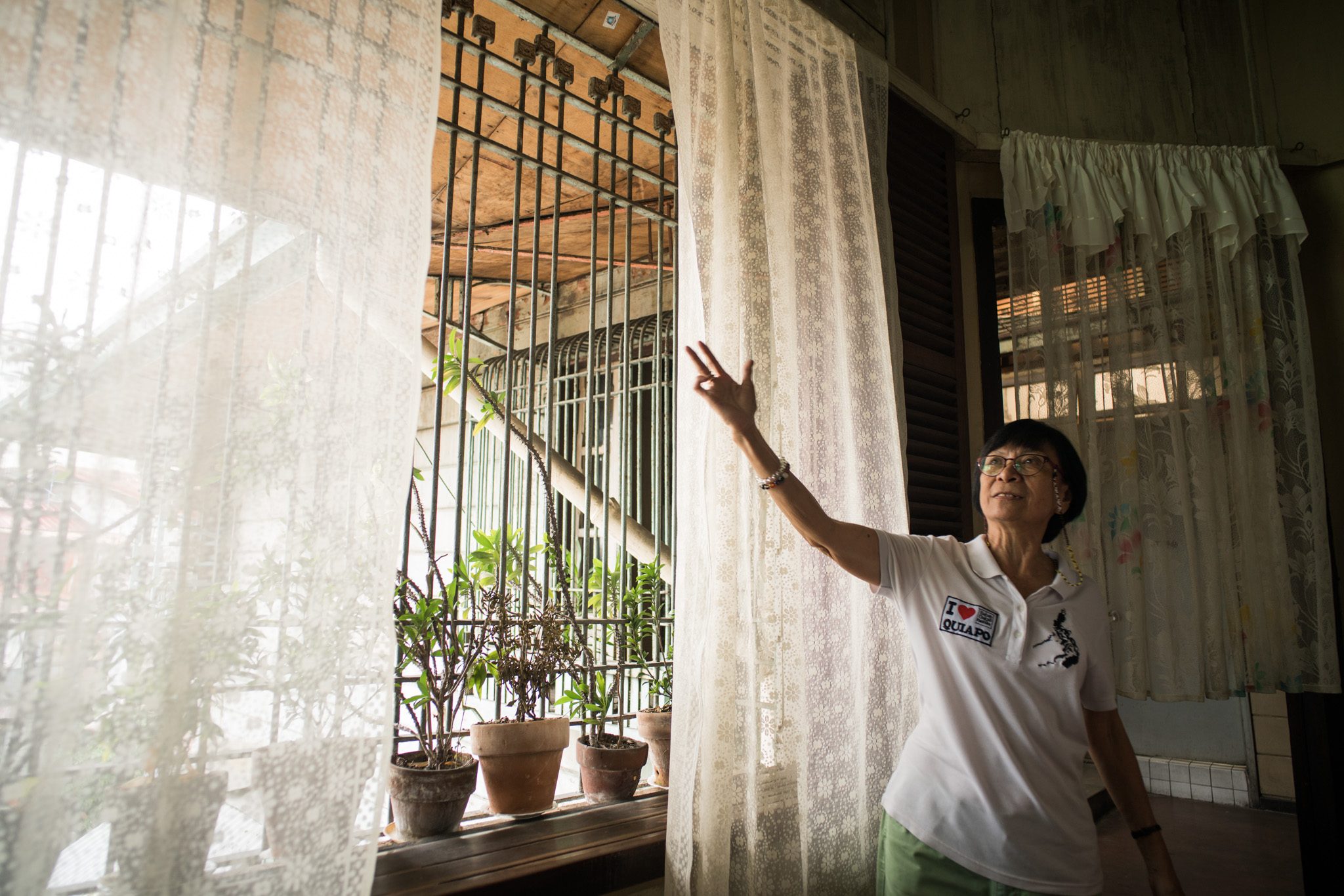
The exhibits were set up by architect Mary Ann Venturina Bulanadi, who has taken her love for the house a step further, creating a replica of one of its rooms at the PSID graduate exhibit currently running at the Uptown mall in BGC.
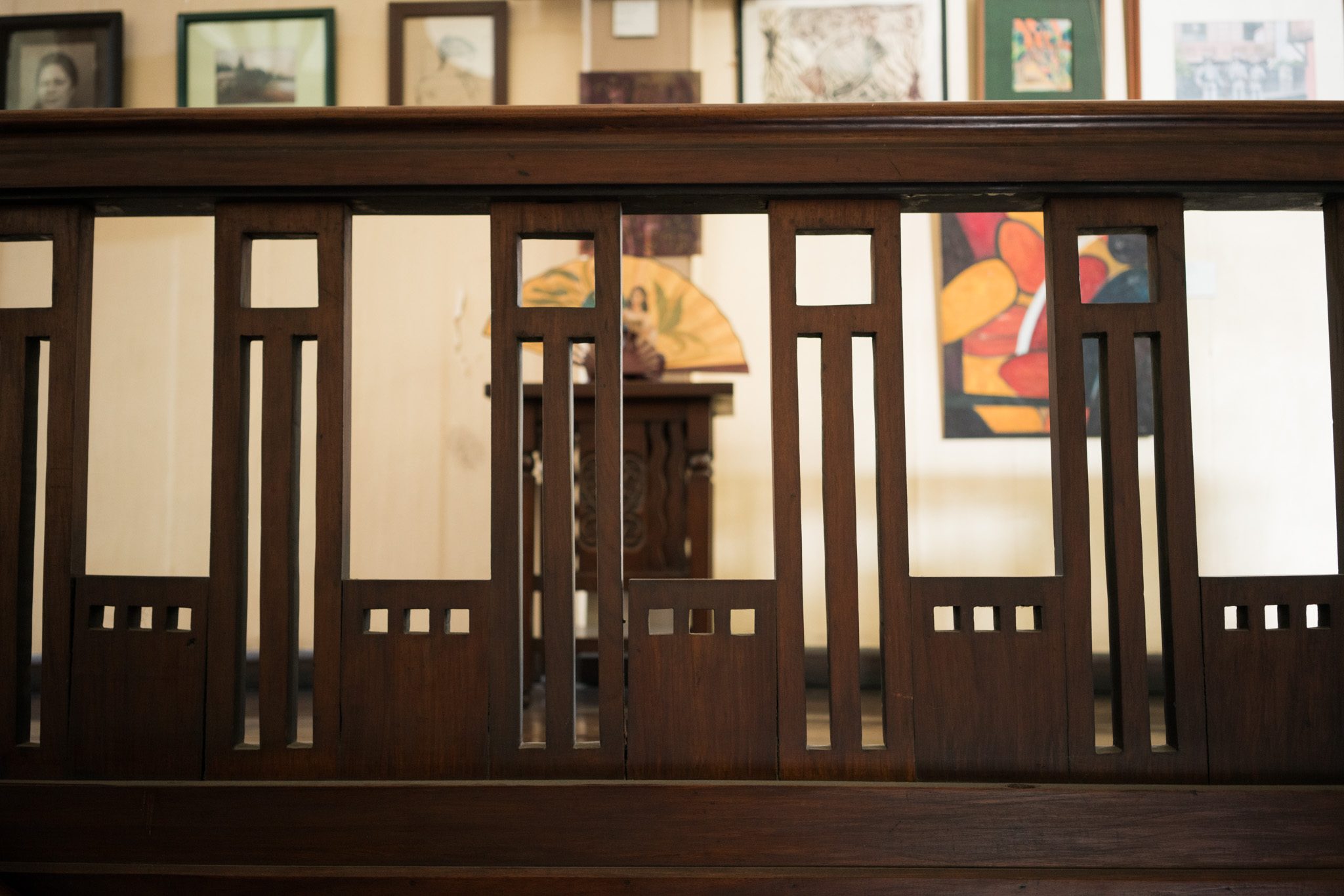
Mary Ann calls the recreation “adaptive reuse of existing space” – the reuse of heritage buildings for a new purpose other than its intended original. The design principle may just be the one that will save Bahay Nakpil, which even now is being recommended as a venue for photo shoots, and has been used as a performance as well as an exhibition space.
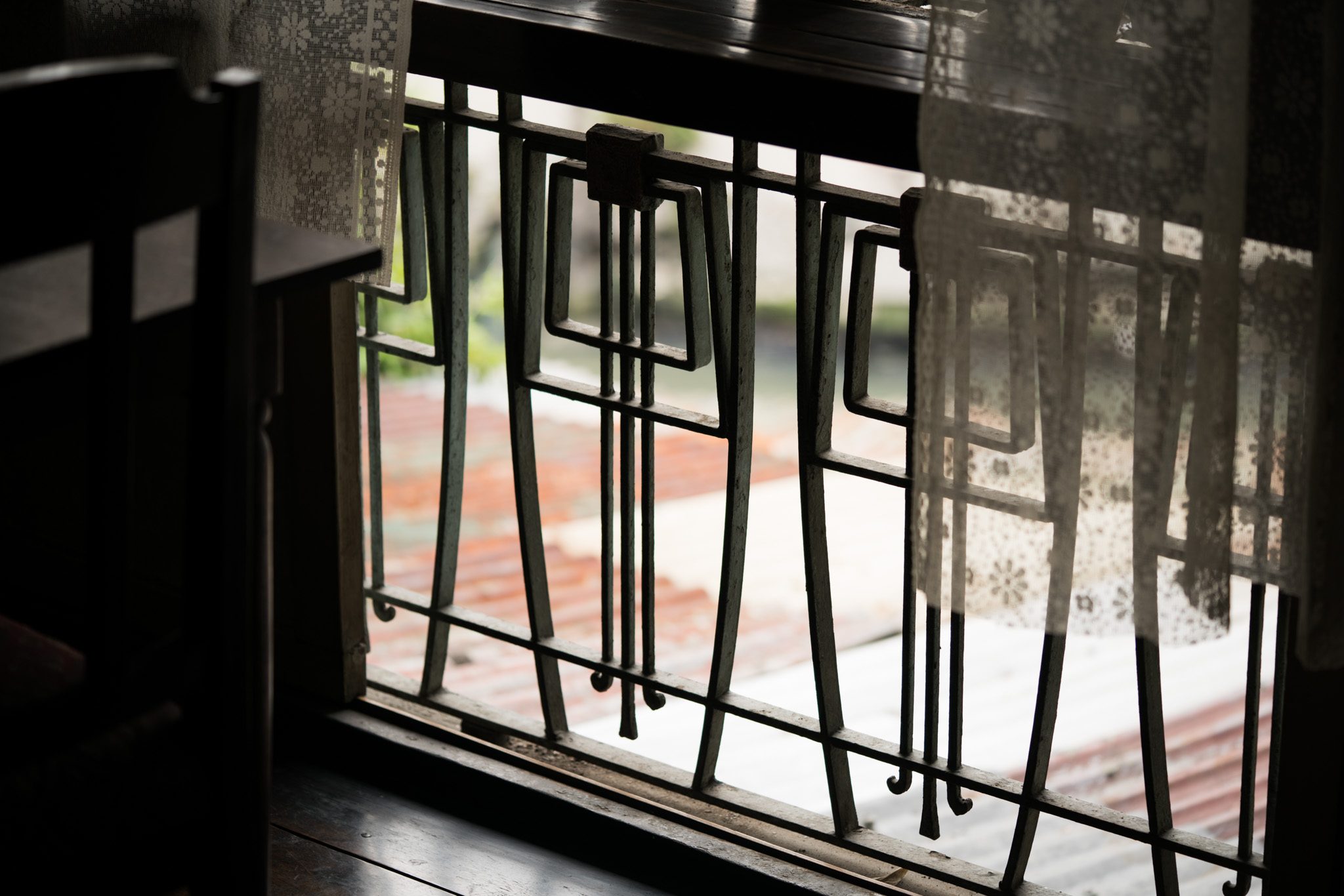
There is definitely enough room for adaptive reuse here. The first level, which is made of stone, has the zaguan, a parking area for carriages, and later on, cars. The second level houses 3 rooms – one of which was Julio’s studio. The third level houses what used to be several bedrooms, an office with steel grills protecting the windows, and the living room, where Juan Luna’s famous painting Parisian Life – a gift to Ariston – originally hung. The original is now with the National Museum, but a reprint stands in its place, as if the painting was never removed.
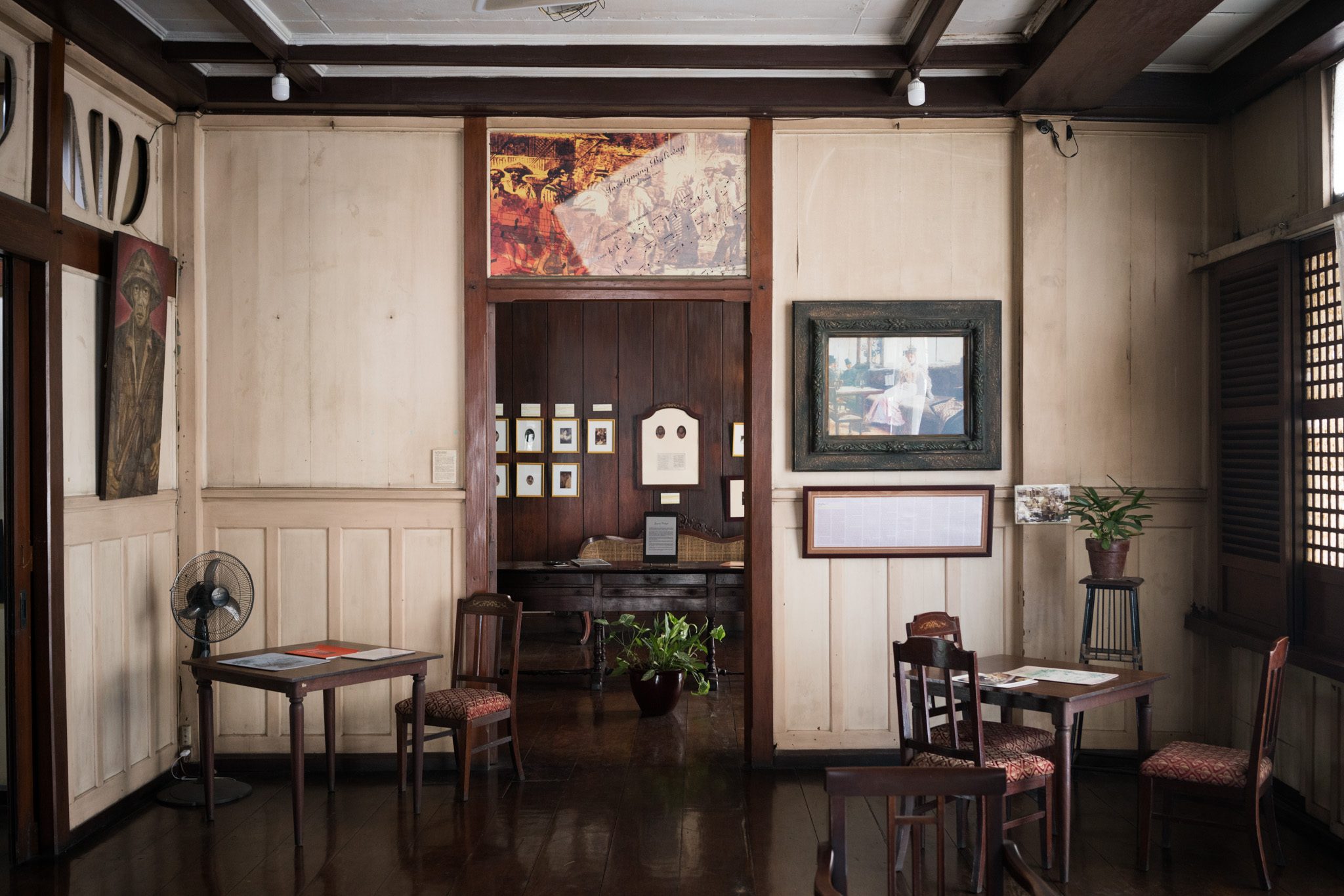
One of the rooms has been set up to recreate the bedroom that Gregoria and Julio shared. Outside, there is a terrace filled with plants, most notably the Kiapo plant that is the district’s namesake.
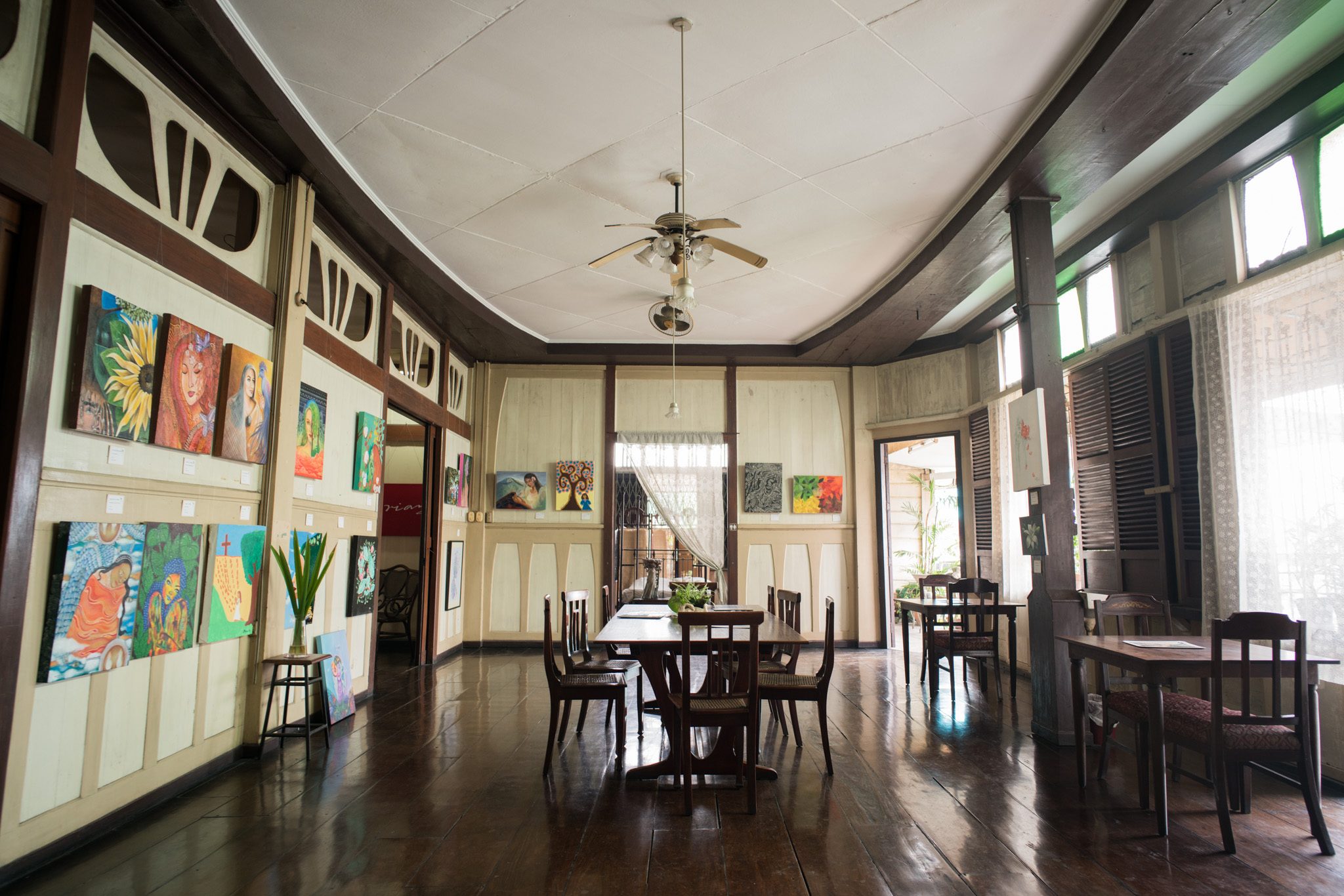
From there, you get an unfiltered view of Quiapo’s ragtag rooftops and an estero you can smell before you even see it. The banks of the Pasig river that runs through the city are littered with piles of garbage, but Bobby shares that it wasn’t always that way. It used to be so clean people used to swim there, and vendors used to paddle by on boats loaded with fresh vegetables. From Bahay Nakpil’s leafy terrace, it isn’t so difficult to imagine how it used to be.

The same view extends to the kitchen, which is still in the early stages of an overhaul. Bobby has plans of turning the kitchen into something like a mini-cafe, where they can serve coffee and maybe some pan de sal.

Bobby refuses to hide the view, no matter how run down and dirty everything has become. “I don’t hide it…how a once glorious city, Manila the Royal City…eh ngayon, nakakaawa (now, it’s pitiful),” she says. “I love Manila but it has really decayed. I don’t hide it even for tourists, this is Manila. This is the reality of urban decay.”
Cultural heritage
At any rate, the derelict surroundings only highlight how well-preserved the house is – it’s a small miracle that it still stands as it does today. Meanwhile, the threat of urban decay hangs over the house like a cloud.

As solid as the hardwood floors and stone walls of the house are, you can’t shake the feeling that there is something delicate about it, something precarious, as if it could fall to pieces at any given moment or go the same way as its surroundings. The fact that so many buildings with the same historical and cultural importance have been torn down or left to rot isn’t very reassuring.
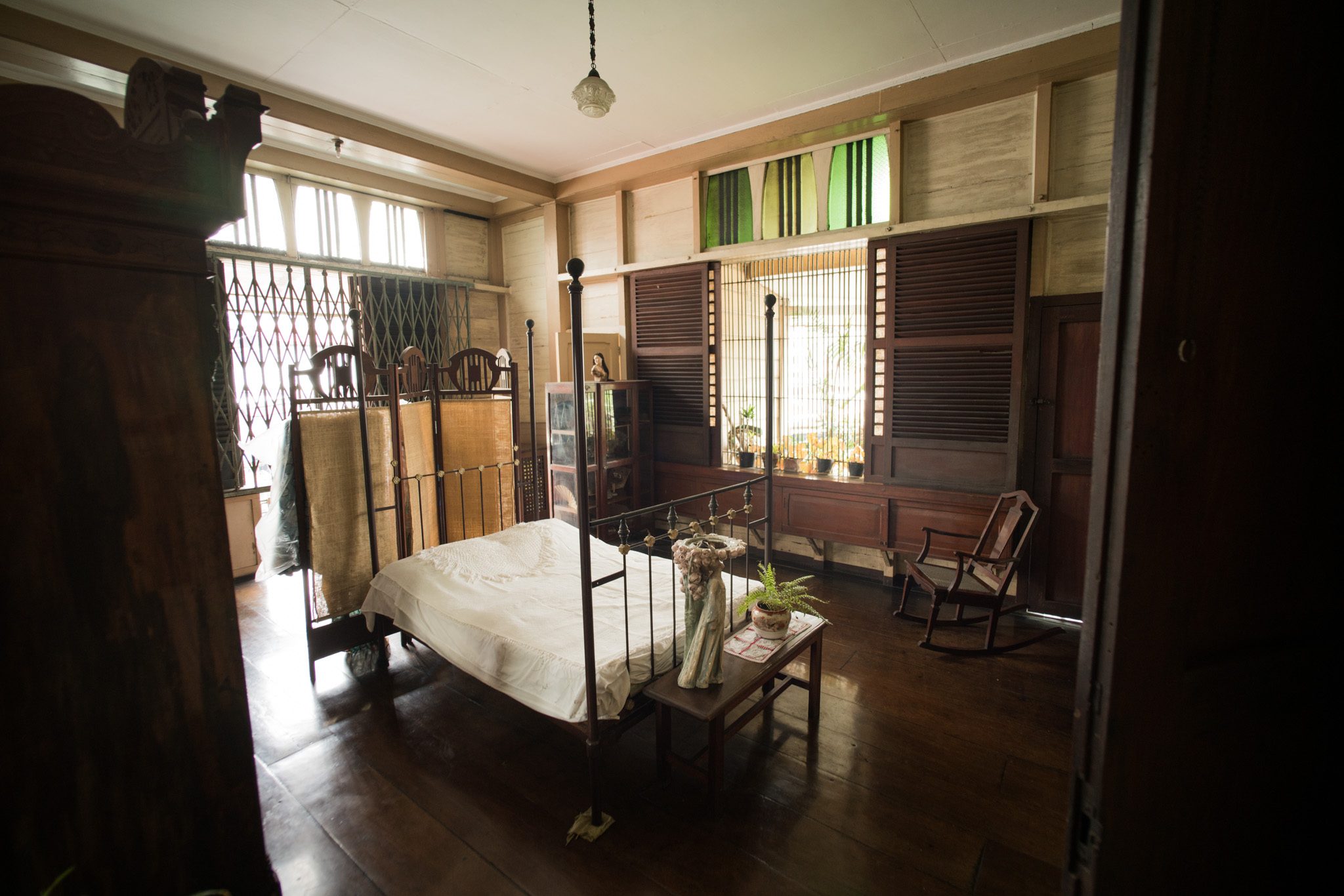
As it is, Bahay Nakpil continues to stand only through the generosity of a few private donors, the time and effort of volunteers, and the tireless devotion of Bobby, who, instead of enjoying her retirement, continues to fight for the house’s survival – no matter how difficult the task may be.

“It’s a very big undertaking, the maintenance. We don’t get any support from the government,” she says, adding that it’s also difficult to get corporate support because the idea of heritage is not as high-profile or as urgent as other issues that companies choose to back. Even getting support from visitors is difficult. “Maraming nagbibisita kasi gusto magpicture but when it comes to support, wala (Many visit because they want to take photos, but when it comes to support, they give nothing).”
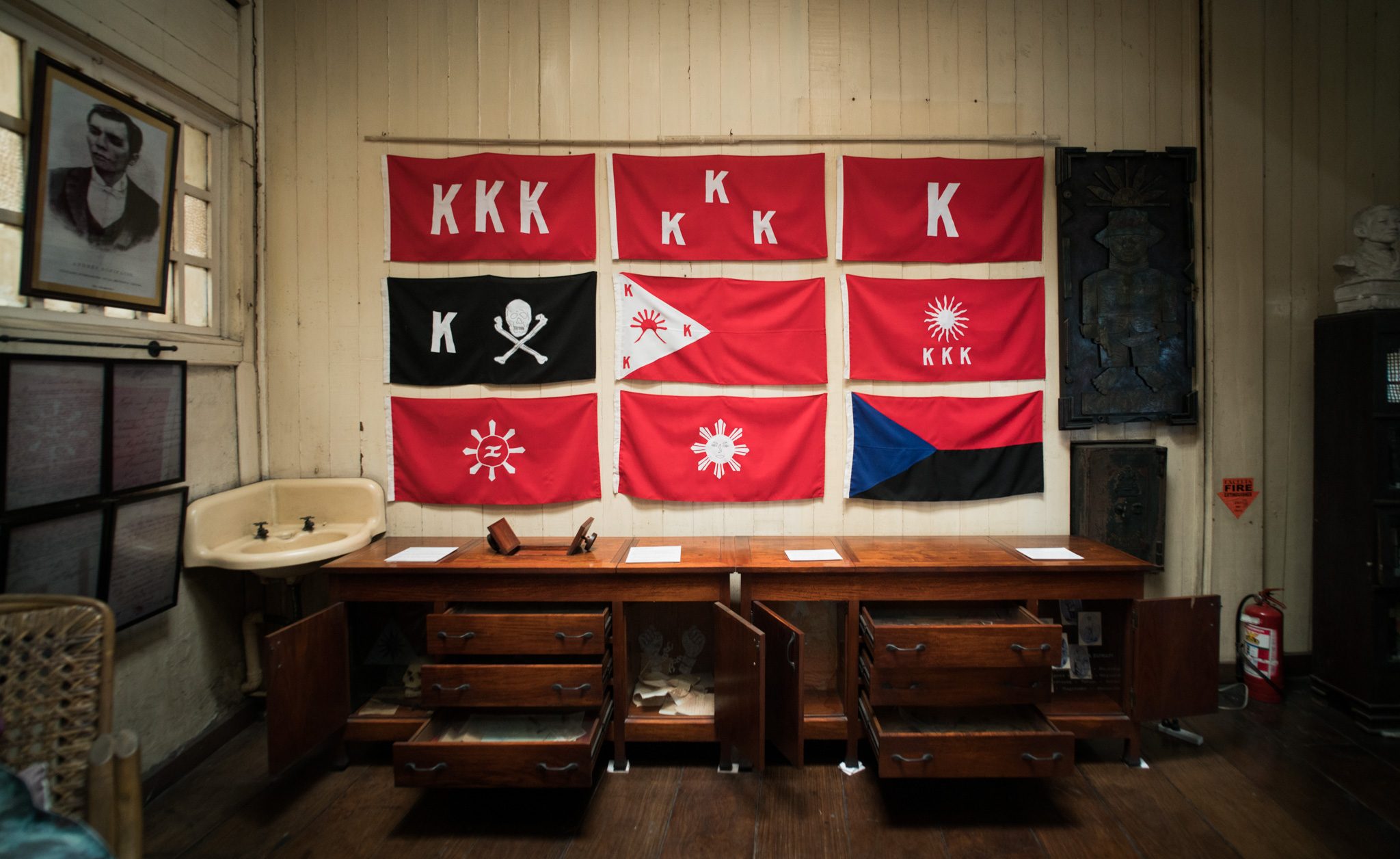
It is certainly easier to choose to close the house down, enjoy it privately, let time take over. In a few years, or a decade, the structure could go the way many buildings go, while the city around it continues to work, as if nothing of great importance had been lost. But the house’s many stories keep Bobby and the and the upkeep going.
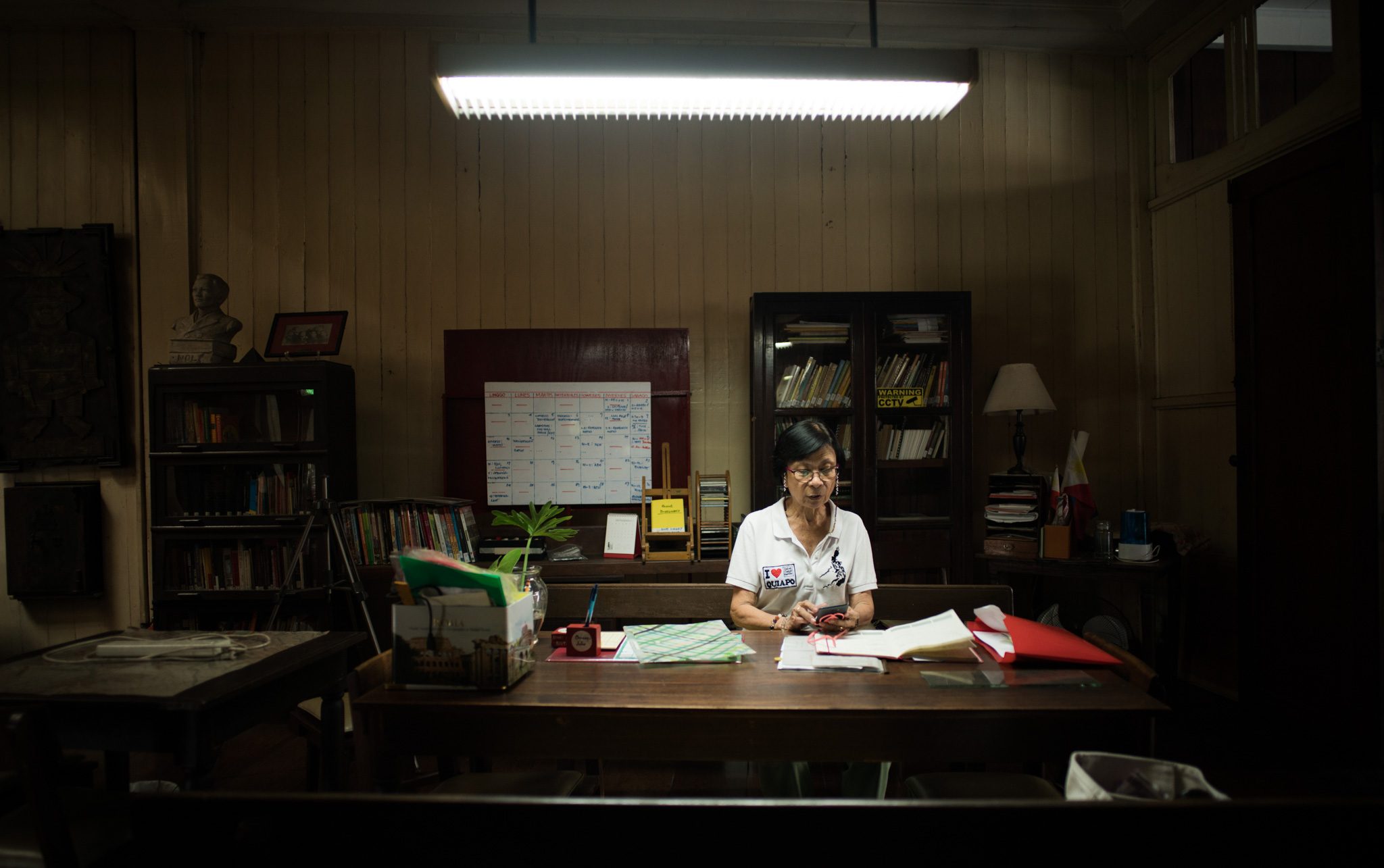
“A lot of people come in and [are] amazed that it has a story, that it’s linked to the past. But it’s also relevant to the present,” she says. “There’s a link. Bakit mas maganda ang panahon noon? Pwede pa rin ngayon, gawin lang nating ganito (why was the past more beautiful? The present can be as beautiful, we just need to do it this way). There’s a sense of relevance for me.” – Rappler.com
Add a comment
How does this make you feel?
There are no comments yet. Add your comment to start the conversation.